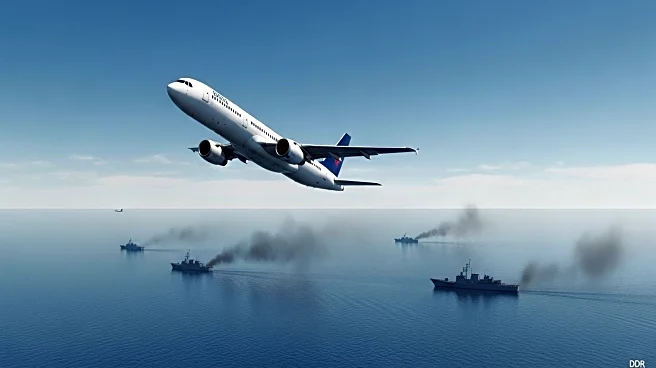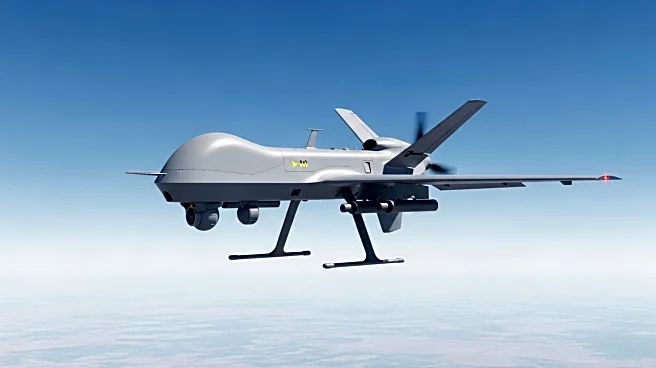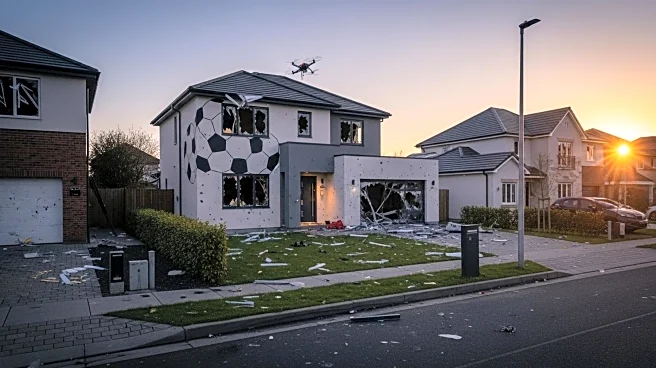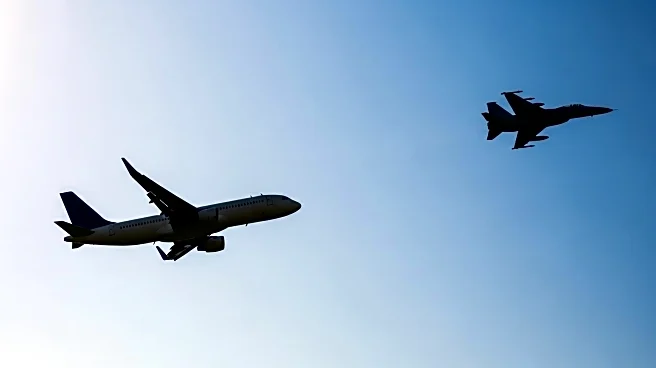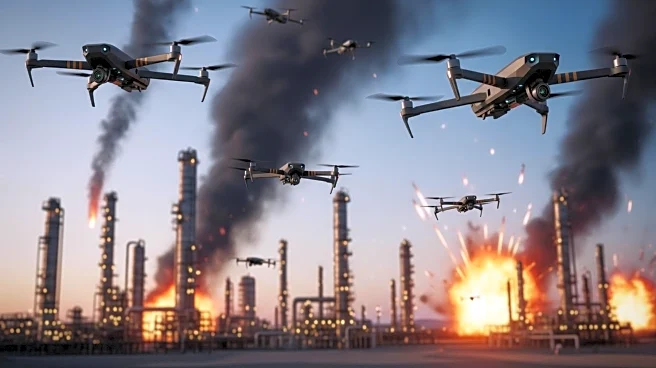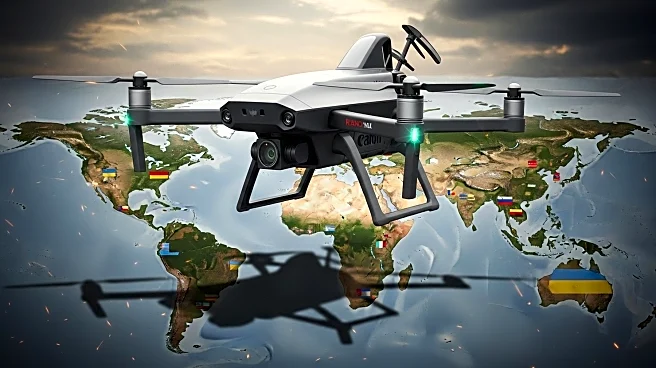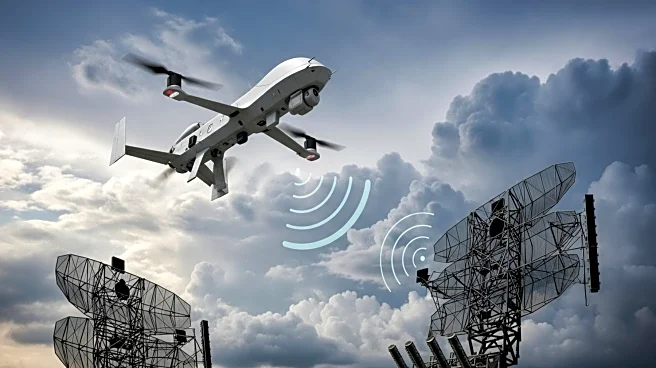What's Happening?
A passenger jet recently flew over an active Chinese naval live-fire exercise, leading to a tense exchange between the flight crew and air traffic controllers. The incident highlights potential communication breakdowns between civil aviation authorities and military planners, which can result in civilian flights inadvertently entering restricted airspace. Aviation safety experts suggest that late or unclear notifications about military exercises may have contributed to the situation, as nearly 8% of flight path deviations worldwide are linked to such issues. The professionalism of pilots and controllers ensured the situation did not escalate into a disaster.
Why It's Important?
This incident underscores the risks associated with civilian flights crossing paths with military drills. Live-fire exercises pose significant dangers, including the potential for miscommunication or navigation errors that could endanger lives. The 2014 downing of Malaysia Airlines Flight 17 over Ukraine serves as a reminder of the catastrophic consequences that can occur when civilian and military operations collide. Aviation risk analysts emphasize the importance of improved coordination and real-time data sharing between military and civilian authorities to prevent such incidents and maintain passenger trust.
What's Next?
Efforts to prevent future incidents include the adoption of joint civil-military airspace management centers and AI-driven alert systems that warn pilots of sudden airspace closures. These measures have shown promise in reducing incidents, but experts agree that clear and timely communication remains crucial. Passengers are advised not to panic if their flight is rerouted due to military activity, as crews are trained to handle these situations. Airlines and regulators continue to investigate incidents thoroughly to implement improvements and ensure air travel safety.
Beyond the Headlines
The incident highlights the need for a culture of transparency and collaboration between military and civilian aviation authorities. While technology aids in navigation and real-time updates, the human element of communication is vital for ensuring safety. The aviation industry is continuously working towards smarter adjustments to enhance air travel safety, aiming for skies where the only drama is the view out the window.
